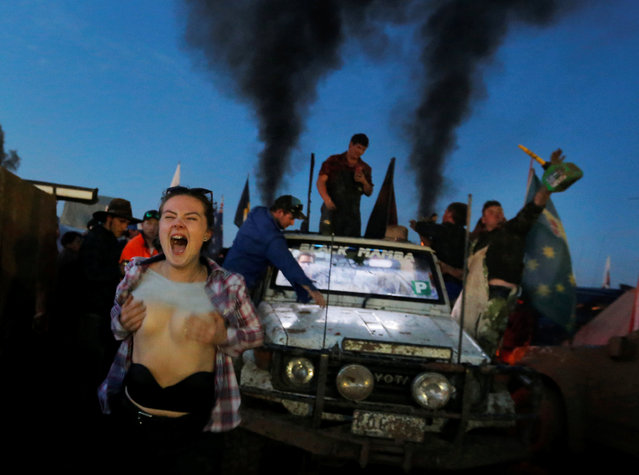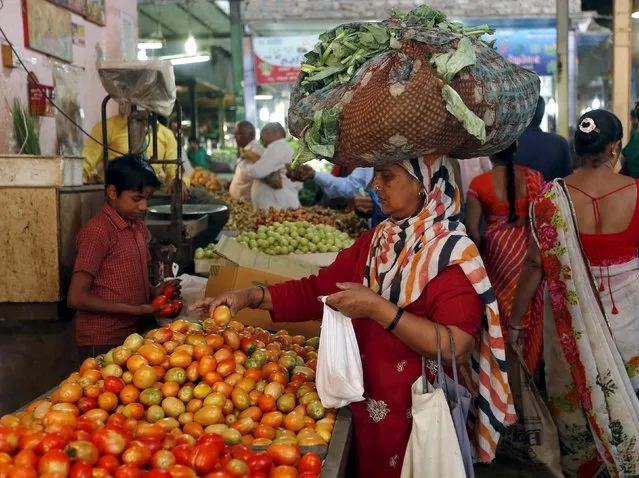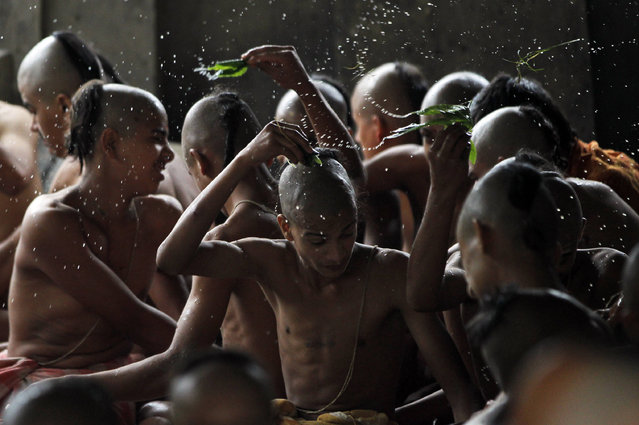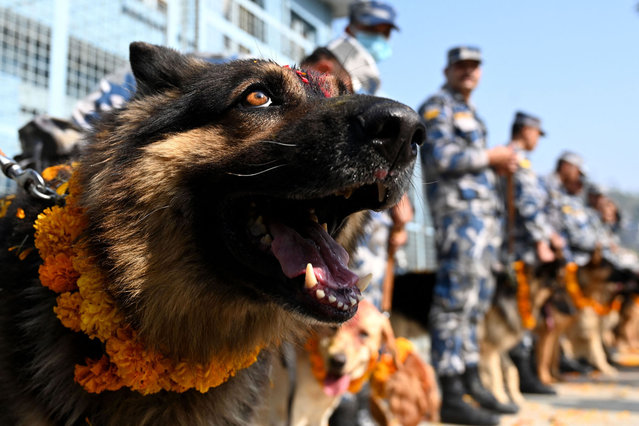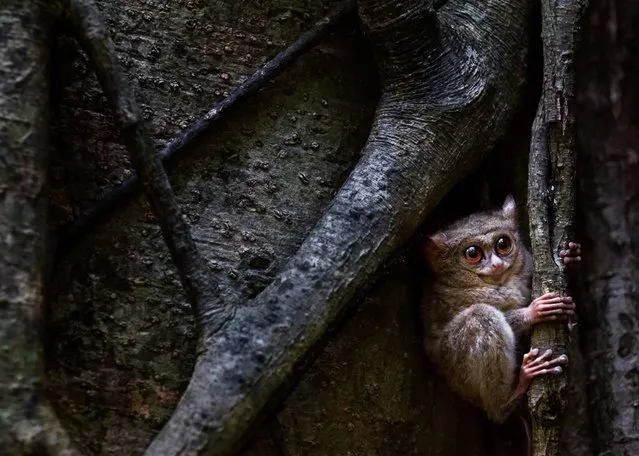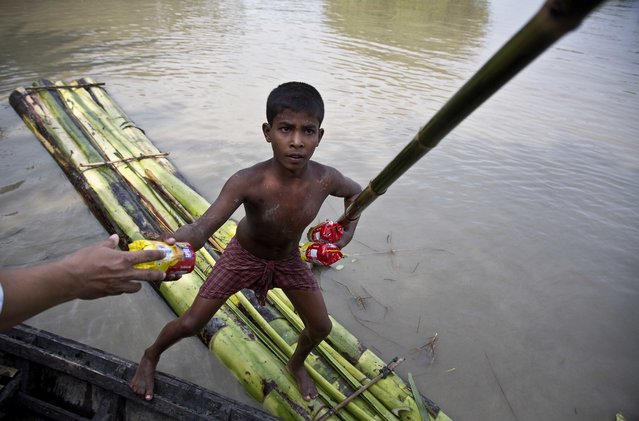
A flood affected boy on a makeshift banana raft collects biscuit packets distributed by a government official from a boat in Pokoria village, east of Gauhati, north eastern Assam state, India, Monday, August 14, 2017. Heavy monsoon rains have unleashed landslides and floods that killed dozens of people in recent days and displaced millions more across northern India, southern Nepal and Bangladesh. (Photo by Anupam Nath/AP Photo)
22 Aug 2017 07:48:00,post received
0 comments

